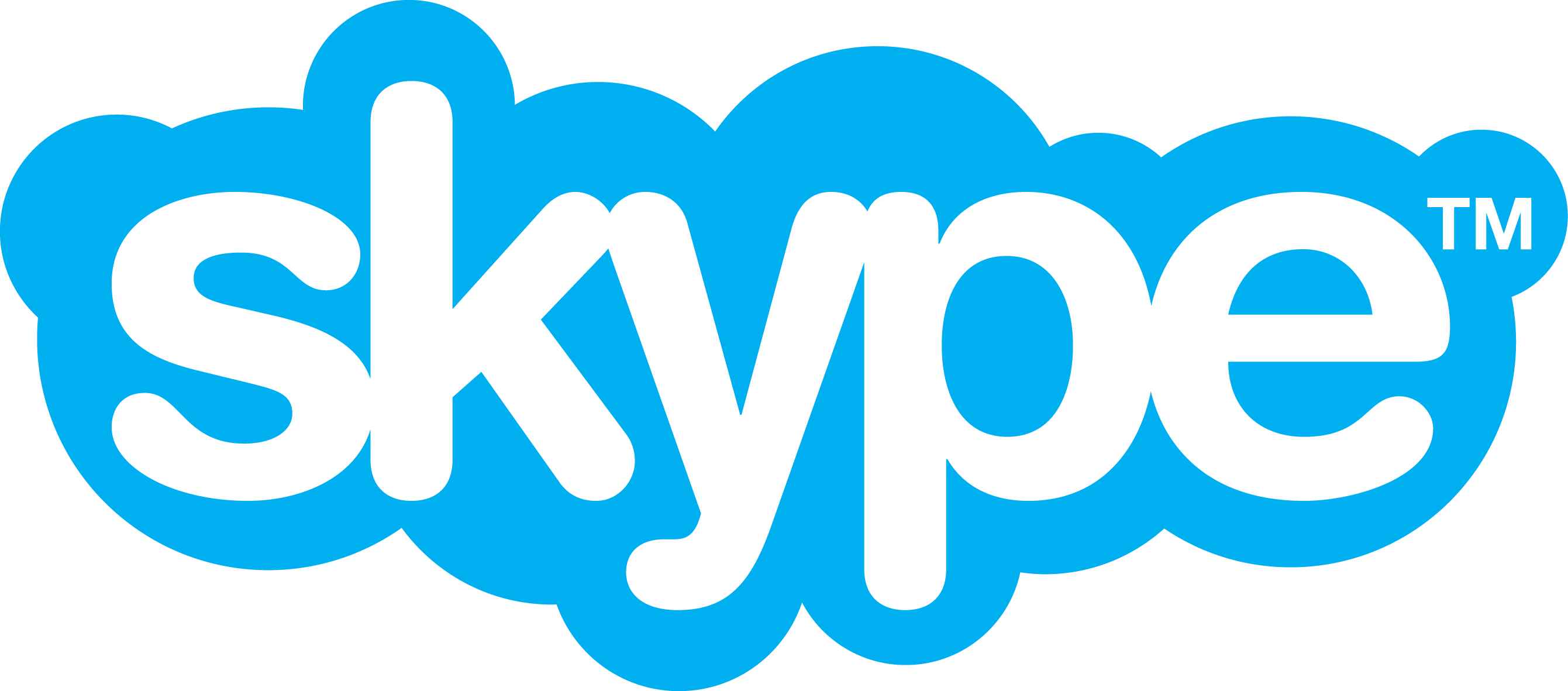How Teachers Are Bringing the World to Their Students via Skype in the Classroom
by Andrew Schmidt
How Teachers Are Bringing the World to Their Students via Skype in the Classroom
Lauren Lintelman, a fifth-grade teacher at a bilingual school in Dallas, discovered that her students struggled with public speaking more than she had previously realized. Improving those skills was particularly important for Lauren’s students, who were about to graduate from their Spanish-language elementary school and transition to an English-language middle school. Lauren turned to Skype in the classroom for a fun way to increase opportunities for her students to develop their presentation skills in English.
The students loved the experience and quickly exceled with their public speaking skills when engaging directly with other students via Skype. Lauren decided to use Skype in the classroom for other learning experiences based on her student’s positive response. She held lessons on delivering presentations on Cinco de Mayo, book talks, and developing relationships with “e-buddies” in Spanish speaking countries like Argentina and Chile. Giving presentations in English to another classroom helped her students refine their speaking skills in both languages. “They’re not always using academic language the way they should be,” she said. “But when we do a Skype call, they take responsibility for what they’re saying. You can see the improvements in their communication abilities in English.”
While Lauren and many other teachers are discovering how Skype can easily bring other cultures into their classroom, many teachers are finding that Skype can be just as valuable for making connections closer to home. For Cheryl Steighner, a second- and third-grade teacher in Federal Way, Washington, it all started with aMystery Skype call with a school only a mile away in the same school district. “The kids expected it to be in a faraway place—and then they got it down to Washington and Oregon,” Cheryl said. “When they discovered that the other classroom was also in Federal Way, they saw their community through a different lens.”
That experience motivated Cheryl to experiment with different ways of using Skype in the classroom with other schools in her community. She set a personal goal to get other teachers around her to try out Skype in the classroom—and it turned out that connecting two classrooms within the same school or district was a great way to do that. Her students’ Skype conversations have included everything from book discussions to game based math learning.
Because schools in the same district often share a similar curriculum, teachers can easily find joint projects, like reading the same book and hosting student conversations over Skype, that can help them construct lessons that map to academic standards. “I call Skype ‘the great equalizer,’” said Cheryl. “It’s good for teachers to see what’s happening in another school and get another perspective. It’s also cool for students to talk with kids they normally wouldn’t talk to.”
Cheryl’s quest to connect classrooms across her district has helped teachers there form a stronger sense of community as well. At the same time, teachers are finding that Skype can help them develop professional learning networks with other educators outside their community as well.
One example is John Kernan, an instructional specialist in Birmingham, Michigan. A former fourth-grade teacher, John is now responsible for coaching other teachers at Birmingham Covington School. John has been meeting teachers from across the country through projects their students collaborated on via Skype. He has come to realize that he has already created the beginnings of a Skype-based professional network and that these relationships have had a clear pay-off for his students as well.
During a call with a teacher in Kansas, John and the other teacher were able to brainstorm ideas that tackled challenges they were both having in their classrooms. “We were able to come together with an idea that really engaged the students,” he said. “When I was able to step outside and talk with someone who didn’t have a lens focused on our district, we were able to combine both sets of ideas.” The result—a virtual classroom that helped students who were accelerated in math—ultimately took place over Skype between the two classrooms.
What advice would John give to other teachers considering how to use Skype? “Try it,” he said. “Skype opens up not only a whole other world to your students but relationships to other people in the country that you would never have. You’ll become a better educator because of it.”

